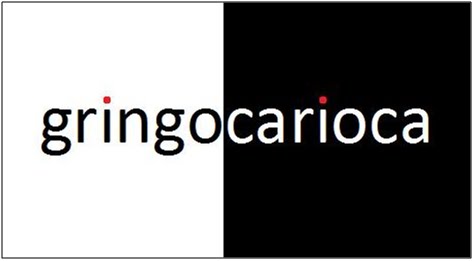"Subconsciously, we see an attack on ourselves and our beliefs as a threat and we attempt to block with a counterstance.
But it is not enough to stand on the opposite river bank, shouting questions, challenging patriarchal, white conventions. A counterstance locks one into a duel of oppressor and oppressed; locked in mortal combat, like the cop and the criminal, both are reduced to a common denominator of violence. The counterstance refutes the dominant culture’s views and beliefs, and, for this, it is proudly defiant. All reaction is limited by, and dependent on, what it is reacting against. Because the counterstance stems from a problem with authority—outer as well as inner—it’s a step towards liberation from cultural domination. But it is not a way of life. At some point, on our way to a new consciousness, we will have to leave he opposite bank, the split between the two mortal combatants somehow healed so that we are on both shores at once and, at once, see through serpent and eagle eyes. Or perhaps we will decide to disengage from the dominant culture, write it off altogether as a lost cause, and cross the border into a wholly new and separate territory. Or we might go another route. The possibilities are numerous once we decide to act and not react."
"The struggle is inner ... our psyches resemble the bordertowns and are populated by the same people. The struggle has always been inner, and is played out in outer terrains. Awareness of our situation must come before inner changes, which in turn come before changes in society. Nothing happens in the 'real' world unless it first happens in the images in our heads."
(Gloria Anzaldúa, “La conciencia de la mestiza/Towards a New Consciousness," in Borderlands/La Frontera: The New Mestiza)
.bmp)
No comments:
Post a Comment